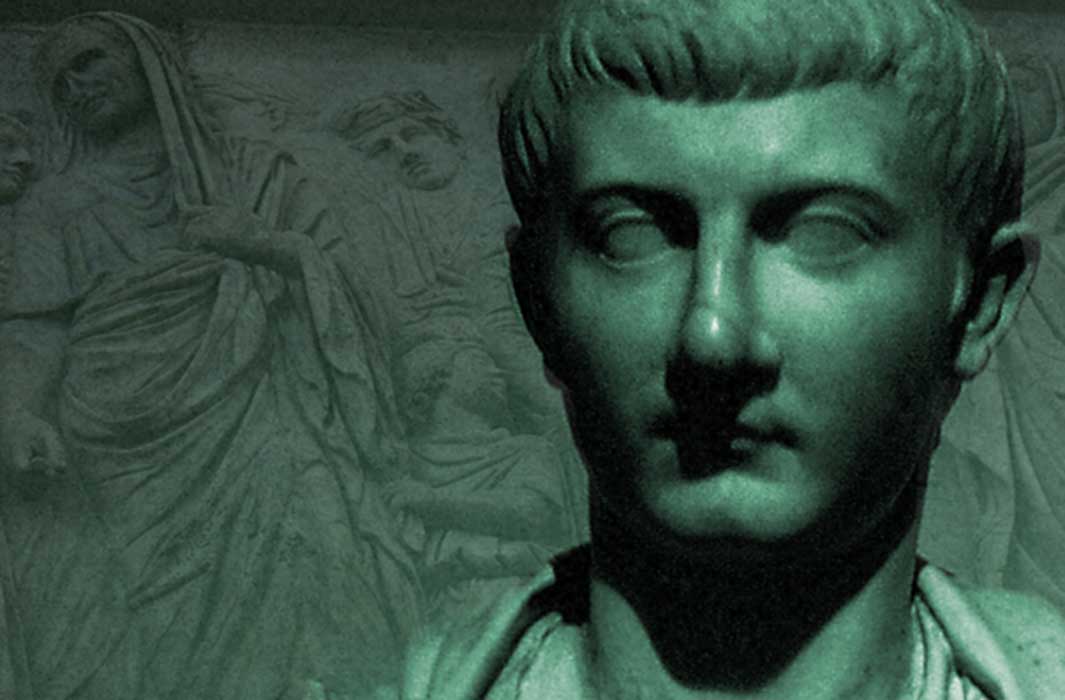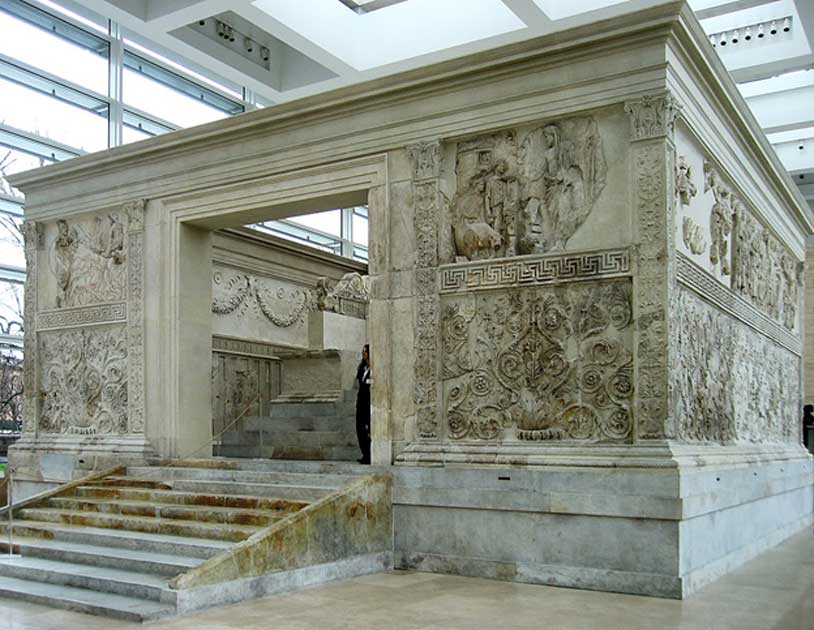
A Star in the Imperial Shadows, and Dutiful Son of a Roman Emperor: Castor, or Drusus the Younger
The people of ancient Rome knew of a tragic hero Drusus (Drusus the Elder), the younger brother of Tiberius who died in a campaign. But there was another, younger and lesser known, Drusus in Tiberius’ family. He was Nero Claudius Drusus (Drusus the Younger, nicknamed Castor), the only son of Tiberius. The elder Drusus may have been a hero, but Castor seemed to be mostly overlooked first by his own family, and then by future historians.
Born from the union of Tiberius, stepson of Augustus and Vipsania, daughter of Marcus Agrippa, Castor seemed to be well-positioned for greatness. His marriage to Livilla, the granddaughter of Mark Antony and the sister of Germanicus also strengthened his place within the imperial family. However, these advantages, as well as the fact that Castor himself was a capable statesman, did not serve him at the end and he was easily eclipsed by Germanicus. His death, rumored to be by poison in the hands of his own wife, aroused no suspicions at the time, which may be an indication of his poor health.
![Parents of Castor. Bust of Tiberius [left] and wife Vipsania [right]](https://members.ancient-origins.net//sites/default/files/Parents-of-Castor.jpg)
Parents of Castor. Bust of Tiberius [left] and wife Vipsania [right] (Public Domain)
What we know of Castor are mostly pieced together from the lives of his relatives who took center stage as well as from ancient historians such as Suetonius and Tacitus who would give him a brief mention or compare him unfavorably to Germanicus. However, his handling of the mutiny after the death of Augustus has proven him to be as capable a leader as Germanicus – if not more so. The nickname Castor linked him to one of the divine guardians of Rome and possibly became one of the factors which strengthened his father’s position in Ancient Rome.
Misidentification of a Childhood Image and Changes in the Imperial Family, According to the Ara Pacis Augustae
Thomas de Quincey, in The Caesar, wrote that “Tiberius left no children; but Drusus, the younger of the two brothers, by his marriage with the younger Antonia, (daughter of Mark Anthony,) had the celebrated Germanicus, and Claudius, (afterwards emperor)” – of course, he was proven to be mistaken in regards to the existence of Tiberius’ son, but he may be forgiven as examinations of the Ara Pacis Augustae also left scholars arguing about the identity of the young figure standing near the figure of Tiberius and the lady near them.
The Ara Pacis Augustae, or Ara Pacis (Altar of the Augustan Peace) is an altar in Rome dedicated to Pax, the Roman goddess of Peace, built in celebration of the return of Augustus to Rome in 13 BCE after military campaigns. Considered a masterpiece, it features Roman officials and the Imperial family.

Ara Pacis Augustae, the "Altar of Augustan Peace", as reassembled. (CC BY-SA 3.0)
It is in connection with these figures that scholars have been facing a difficulty. The Ara Pacis was erected ceremoniously on 4 July 13 BCE, and dedications were made to it annually by the public as it represented the imperial family. Therefore, the relief would have very likely needed to be kept up to date. However, the imperial family has undergone a series of changes after from Agrippa’s death in 12 BCE, which drastically changed Tiberius’ own status and familial relationships.




